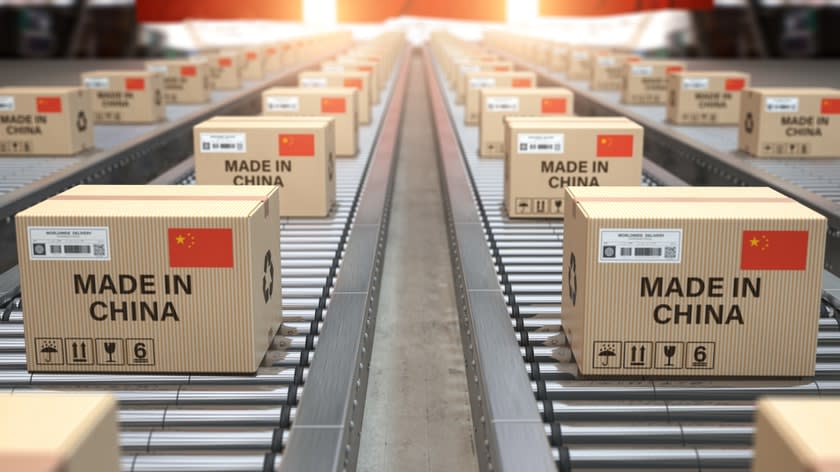China - Between Beijing, Brussels and Berlin


Recent macro data confirm that drags from the property sector remain, despite the rolling-out of further measures to stabilise the sector. Growth is supported by a stronger momentum in exports. Still, risks on the external front are rising, as China’s overcapacity contributes to trade spats, with the US/Europe (and others) trying to protect strategic industries.
China’s exports benefit from recovery in global trade, but overcapacity contributes to trade spats
Following Brussels’ decision to raise tariffs on Chinese EVs, Beijing started a probe on European pork
Meanwhile, Berlin acts to soften tariffs; we do not expect escalation to a broad EU-China trade war
May macro data are a mixed bag, confirm ongoing drags from property
The macro data for May showed a mixed picture, but confirmed that China’s recovery is still uneven, with domestic demand hampered by the property sector downturn. Earlier this month, the divergence between China’s two PMI surveys returned. Whereas the official manufacturing PMI dropped back below the neutral 50 mark separating expansion from contraction, Caixin’s equivalent rose further – to equal a two-year high of 51.7. Meanwhile, export growth accelerated – helped by a recovery in global trade and industry – but import growth slowed on sluggish domestic demand. True, retail sales picked up in May (both in annual and monthly terms), but they were boosted by a long holiday, and remain well below their pre-pandemic trend, as highlighted in previous publications. Following a surge in April, industrial production cooled somewhat. Fixed investment also slowed further, still being dragged down by property investment. Despite the recent introduction of a new approach to break the negative feedback loop in real estate (see our May Monthly ), property sector data do not show signs of improvement yet. Overall lending growth slowed to a 25-year low of 9.3% yoy, although this still fits within Beijing’s approach to ensure lending growth is being capped by nominal GDP growth. All in all, we expect sequential GDP growth to slow in Q2-24, following an above-trend pace of 1.6% qoq in Q1, but annual growth to accelerate to ±5.5% yoy helped by base effects from last year.
Brussels proposes higher tariffs on Chinese EVs; Germany tries to water them down
Earlier this month, the European Commission announced it will impose additional import tariffs on Chinese electric vehicles (EVs) per early July, raising them by 17-38% on top of the current 10%. This would be applicable to all EVs produced in China, both Chinese and foreign brands. This follows an investigation launched in September 2023, after a surge in Chinese EV exports to Europe in recent years (see chart, and earlier coverage in our and ). Although Brussels has started investigations into some other Chinese sectors as well, our base case assumes European authorities to maintain a balanced approach while protecting their (emerging) tech industries, also taking into account the risk of Chinese retaliation. Noteworthy is that Germany has started a campaign to water down the tariffs. The largest EU economy – with a relatively high export exposure on China in GDP terms, see chart – fears Chinese retaliation to hit its own (car) industry. Beijing seems to have taken these German actions into account, and has agreed to start talks on the issue. While aviation, agriculture, and cars with large engines were allegedly on the shortlist for retaliation a while ago, China has now communicated to start a probe on European pork imports. Potential higher Chinese tariffs on European pork would not hurt Germany, but Spain in particular. China has used this playbook before, as it has targeted the agricultural sector in previous trade spats with the US and Australia. China’s probe will take six months, with Beijing likely hoping that Europe’s farmers lobby would push other EU members to join Germany.
